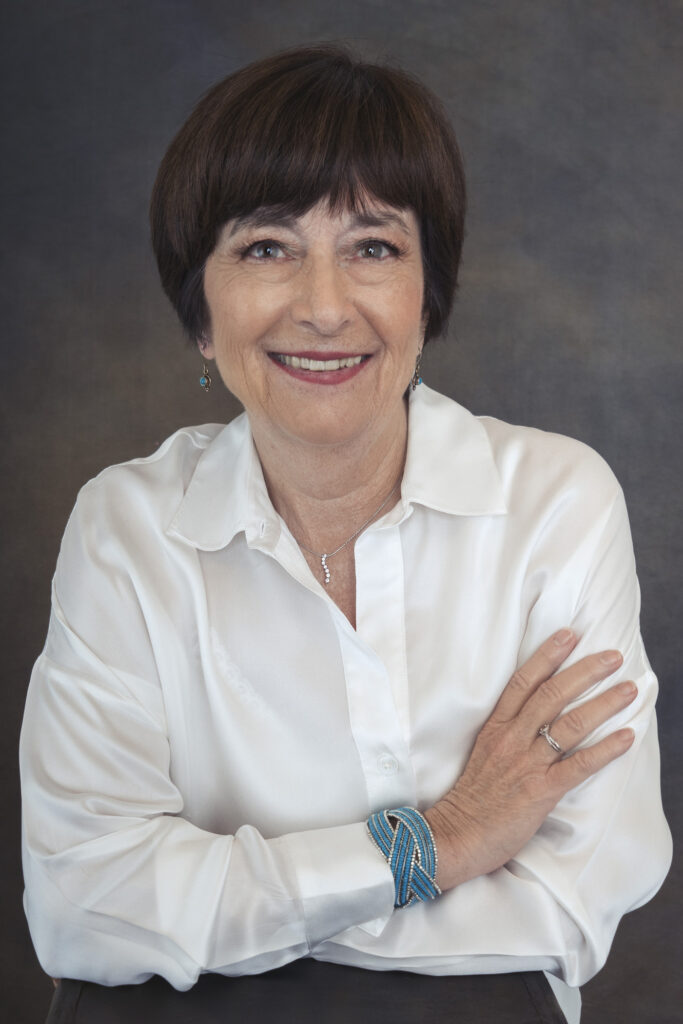All about Tea

By Louise Carruth
Tea is the second most-consumed liquid in the world next to water. Tea, however, cannot grow everywhere. Just like wine production, tea is dependent upon the proper terroir for the best tea is the second most-consumed liquid in the world next to water. Tea, however, cannot grow flavor. Terroir refers to the soil content, climate and altitude of a growing area. People consume tea to quench their thirst, to refresh on hot or cold days, and because they know they are drinking something healthy.
There are misconceptions about what tea is and what it isn’t. The word “tea” refers to any leaf that is picked from a camellia sinensis bush, of which there are many varieties and clonals. It is at the point of manufacture that the leaves are turned into white, green, oolong or black tea leaves. The leaves are picked and then graded by size and are sold as single-estate teas or blends. The flavors are endless. Some leaves are ground up for tea bags, others sold as loose leaf teas to retailers.
While tea is a healthy drink, and has some medicinal properties, depending on the leaf, it is important to note that if you don’t enjoy drinking it, then whatever properties it has won’t do you any good. Many people tell me that tea is too bitter or too weak to enjoy. This leads to putting in too much sugar or milk that hides the bitterness and the liquid becomes tasteless. Drinking loose leaf can help with that. Knowing proper brewing times and temperatures will help you make the perfect tea for your taste. Even tea bags purchased at the market have directions on their boxes. Follow them for a better-tasting tea.

Coffee drinkers take note. Coffee and tea are not mutually exclusive. I drink both, and love both. Tea will never turn into coffee, no matter how long you steep it, or how much tea you use in your brew. Think of tea as just another refreshing drink with thousands of flavors to choose from. Yes, tea contains caffeine, too. However, with tea, while you feel more alert, you will feel calm and relaxed without the jitters you feel between all the cups of coffee you drink to stay awake and functioning.
Now, let’s turn our attention to tisanes; a term that even avid tea drinkers are unaware of. These are drinks you make like tea, but don’t contain tea leaves in their blends. Therefore, no caffeine. These can be fruit infusions that are also great for children, so that they may join in at tea time. Fruit infusions make tasty iced teas, as well. Fruit infusions are blends of pieces of dried and freeze-dried fruit and sometimes herbs like rosehip and hibiscus.
And then there are herbal infusions. You have ginger for help with digestion, chamomile for a sleep aid and a myriad of other herbs that can be grown in your backyard for cooking and health. Please keep in mind that if you are drinking an herb for a particular illness, check with a registered herbalist and your doctor to make sure that the herb you drink doesn’t counteract with any medication you may have. Since herbal infusions don’t contain tea leaves either, there is no caffeine in your cup.
Please be aware of the difference when purchasing a tea or tisane. Even people in the tea business will call everything you make like tea, “tea.” I get calls for dandelion tea or sage tea. These are tisanes. No tea leaf: It’s a tisane. Learn to brew your tea or tisanes the way that gives you the perfect drink to enjoy in a mug or tea cup, on a cold or hot day, in the morning or for dessert. There are so many flavors — and so little room in your cupboard! Just ENJOY!
The process of brewing your tea or tisane is meditative. No, you don’t have to do yoga to enjoy your cuppa’, but it is a few minutes out of your hectic life that can be devoted to quiet and calm thoughts; a time for yourself to regroup and get ready for what’s next on your to do list.
Louise Carruth, is the owner of Little Candle Tea Co. For more information, visit www.littlecandletea.com or call 702.643.2828 (o), 714.328.9409 (c).